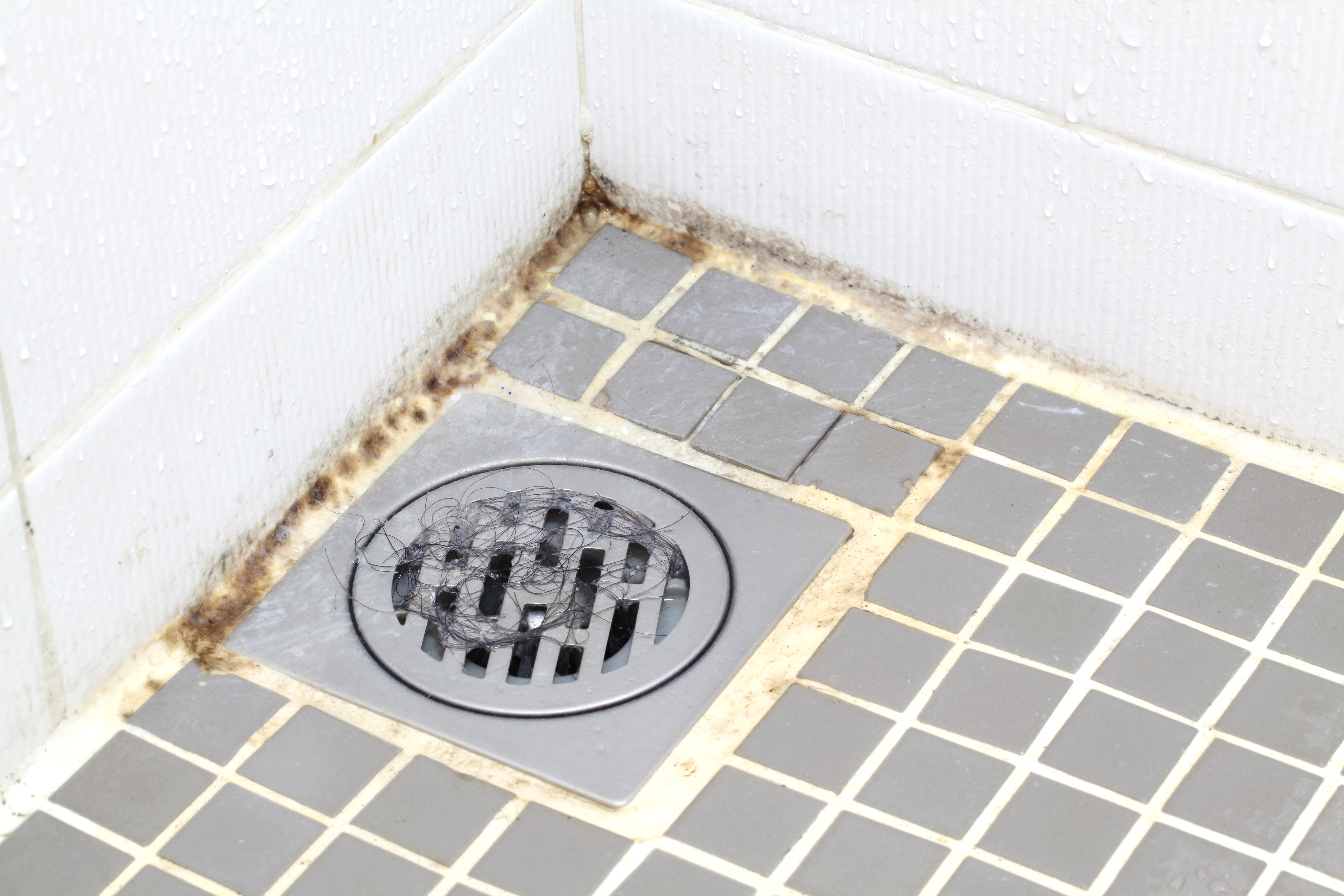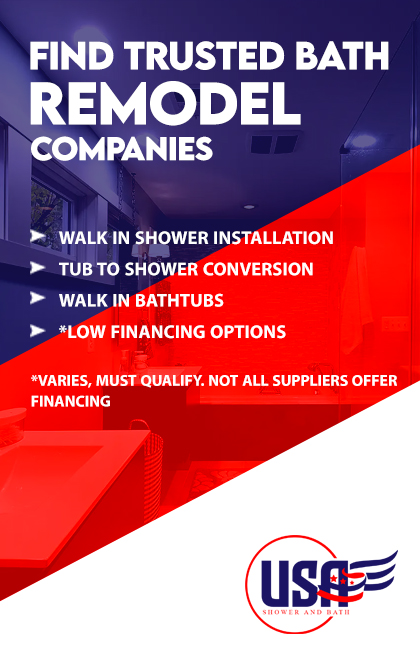
Banishing Bathroom Mold: When to Consider a Remodel
Mold in the bathroom is a common issue that many homeowners face. It’s not just an aesthetic concern but a health hazard as well. Understanding the types of bathroom mold, their appearance, and the risks they pose is essential in deciding when to take action. Often, a bathroom remodel is not just about updating the look of your space but also about addressing these deeper issues. Let’s explore how to identify bathroom mold and understand when it’s time to consider a remodel.
Identifying Bathroom Mold
Recognizing the presence of mold in your bathroom is the first step towards tackling this issue. Mold in bathrooms can vary in type and appearance, and understanding these differences is crucial for effective treatment and prevention.
Common Types of Bathroom Mold
Black Mold (Stachybotrys)
Black mold is one of the most notorious and dangerous types of mold. It typically appears as dark black or greenish-black patches and is often slimy due to a wet layer on top.
Pink Mold (Aureobasidium)
Often mistaken for a stain or mildew, pink mold is another common type found in bathrooms. It usually starts as pink and turns into a brown or black color as it matures.
White Mold
White mold can appear as powdery or fluffy and is often found on wooden surfaces or ceilings. It’s less noticeable than black or pink mold but equally harmful.

Signs and Symptoms of Mold Growth
- Visual Indicators: Look for speckled spots or patches on walls, ceilings, or in tile grout. Mold can range in color from black, pink, green, to white.
- Musty Odors: A musty, earthy smell is often a telltale sign of hidden mold, especially in areas that are not visibly accessible, like behind wallpaper or under flooring.
- Physical Symptoms: If you or family members experience increased allergies, respiratory issues, or skin irritation, it could be due to mold exposure.
Why Early Identification Matters
Prompt identification of mold is important for several reasons:
- Health Risks: Early detection helps in mitigating health risks associated with mold exposure.
- Prevention of Spread: Mold can quickly spread to other areas, so early treatment is crucial to prevent larger infestations.
- Structural Damage: Over time, mold can cause damage to building materials, leading to costly repairs.
Identifying mold in its early stages is key to maintaining a healthy living environment. Regular inspections and awareness of common mold types and their appearances can help in early detection and prevention.

Appearance and Common Locations of Mold in the Bathroom
Mold thrives in moist, warm environments, making bathrooms a common breeding ground. Look for mold in areas like shower corners, under sinks, around windows, and on ceilings. It often manifests as speckled spots or patches and can have a musty smell. Mold in the bathroom can vary in appearance and tends to grow in specific areas where moisture and humidity are prevalent. Recognizing these signs and understanding where to look are critical in identifying and addressing mold issues effectively.
Appearance of Bathroom Mold
Color Variations
- Black Mold: Often appears as dark black or greenish-black spots or streaks.
- Pink Mold: Usually starts as a light pink or orange film and can darken to brown or grey over time.
- White Mold: May look powdery or fluffy and is generally white or light grey.
Textural Differences
- Slimy or Wet: Some molds, especially black mold, can appear slimy due to excess moisture.
- Dry or Powdery: White mold, for instance, often has a dry, powdery texture.
Common Locations for Mold Growth in Bathrooms
Shower and Bathtub Areas
- Look in corners, on tile grout, along caulking, and around the shower or tub basin. Mold often accumulates in these areas due to constant exposure to water and lack of proper ventilation.
Under Sinks and Around Plumbing Fixtures
- Check under sink cabinets and around plumbing fixtures. Leaks or condensation in these areas create ideal conditions for mold growth.
Walls and Ceilings
- Inspect walls and ceilings, particularly if they are near the shower or bath. Poor ventilation can cause moisture to settle on these surfaces, leading to mold development.
Around Windows and Door Frames
- Windows and door frames in bathrooms can also be prone to mold if moisture and condensation are present.
Ventilation Systems
- Don’t overlook bathroom fans and ventilation systems. If not cleaned regularly, they can harbor mold spores and spread them throughout the bathroom.

Why These Areas Are Prone to Mold
- High Humidity and Moisture: Bathrooms are typically the most humid rooms in a home, with moisture from showers, baths, and sinks.
- Poor Ventilation: Inadequate ventilation leads to moisture buildup, creating a perfect environment for mold to thrive.
- Constant Temperature Fluctuations: The frequent change in temperature in bathrooms, from hot showers to cooler air, can contribute to condensation and moisture accumulation.
Identifying the common appearances and locations of mold in the bathroom is essential for early detection and prevention. Regular cleaning and inspection of these areas can significantly reduce the likelihood of mold growth, ensuring a healthier and cleaner bathroom environment.
Health Risks of Bathroom Mold
While bathroom mold is often viewed primarily as a nuisance or an aesthetic issue, it poses significant health risks, especially if left untreated. Understanding these risks is crucial for homeowners to prioritize mold removal and take necessary preventive measures.
Respiratory Issues and Allergies
Aggravating Asthma and Allergies
Mold spores are known allergens and can trigger asthma attacks and allergic reactions. Individuals with existing respiratory conditions are particularly vulnerable to these effects.
Symptoms of Exposure
Common symptoms include coughing, sneezing, nasal congestion, throat irritation, and in some cases, difficulty breathing. Prolonged exposure can lead to more severe respiratory conditions.
Skin Irritations and Infections
Direct Contact Risks
Coming into direct contact with mold can cause skin irritations, rashes, or fungal infections. These reactions can range from mild to severe, depending on the individual’s sensitivity and the duration of exposure.
Eye Irritations
Mold and Eye Health
Mold exposure can also lead to eye irritations, such as redness, itching, and watering. In severe cases, it can cause inflammation of the eye or conjunctivitis.
Immune System Complications
Increased Susceptibility to Illnesses
Individuals with weakened immune systems, such as the elderly or those with chronic illnesses, are more susceptible to infections and health complications due to mold exposure.
Long-Term Health Implications
Chronic Health Issues
Long-term exposure to mold can lead to more serious health problems, including chronic lung illnesses and a higher susceptibility to respiratory infections.

The Danger of Leaving Mold Untreated
Progressive Growth and Spread
Mold, if left untreated, can spread rapidly throughout the bathroom and even to other areas of the home. As it spreads, the risks of exposure and associated health problems increase.
Structural Damage to Property
Apart from health risks, untreated mold can cause significant damage to the structure and surfaces in the bathroom, leading to costly repairs and renovations.
Lower Indoor Air Quality
Mold contributes to poor indoor air quality, which can affect the overall health and well-being of all occupants in the household.
Decreased Home Value
The presence of mold can also negatively impact the value of your home. It is often a red flag for potential buyers and can make selling your property more challenging.
The health risks associated with bathroom mold underscore the importance of addressing any mold issues promptly and effectively. Regular cleaning, proper ventilation, and controlling humidity levels are key preventive measures. However, if mold persists or covers a large area, it may be time to consider professional removal or even a bathroom remodel to address underlying issues. Ignoring bathroom mold is not just a matter of aesthetics; it’s a health hazard that requires immediate attention.

When to Consider a Bathroom Remodel
Dealing with persistent mold in your bathroom often goes beyond simple cleaning or superficial fixes. In many cases, a comprehensive bathroom remodel is not just beneficial but necessary. Let’s explore the scenarios that indicate it’s time to consider a bathroom remodel, especially when dealing with hidden mold issues.
Persistent Mold Problems
Recurring Mold Growth
If you find that mold keeps returning despite regular cleaning and maintenance, it might indicate deeper problems like hidden moisture sources or poor ventilation, which can only be resolved through a remodel.
Mold Under Surfaces
Sometimes mold grows beneath surfaces like tiles, flooring, or behind walls. In such cases, a remodel is essential to remove the affected materials, treat the area, and replace them with mold-resistant options.
Outdated Bathroom Materials and Design
Non-Mold-Resistant Materials
Older bathrooms often contain materials that are not resistant to mold and moisture. Upgrading these materials during a remodel, such as installing waterproof backer boards or using mold-resistant paint, can prevent future mold growth.
Improving Ventilation
An effective ventilation system is crucial in preventing mold. If your current bathroom lacks proper ventilation, a remodel provides the opportunity to install new fans, windows, or air vents to regulate humidity and moisture.
Addressing Plumbing Issues
Hidden Leaks and Water Damage
Over time, plumbing in bathrooms can develop leaks that go unnoticed, leading to constant moisture and mold growth. During a remodel, you can address these hidden issues, ensuring a more durable and mold-free environment.
Upgrading Fixtures
Replacing old fixtures with new, more efficient models not only modernizes your bathroom but can also reduce the chances of leaks and water damage.

Enhancing Safety and Aesthetics
Safe and Clean Environment
A bathroom remodel allows you to create a space that’s not only aesthetically pleasing but also safe and hygienic. Removing mold-infested areas and replacing them with clean, new materials ensures a healthier living space.
Modern and Functional Design
Remodeling gives you the chance to redesign your bathroom for better functionality and modern appeal. This can include more storage, better lighting, and an overall layout that suits your lifestyle.
When Health is a Priority
Protecting Your Family’s Health
Ultimately, the decision to remodel should also consider the health and well-being of your household. A mold-free bathroom is vital for maintaining good air quality and preventing health issues associated with mold exposure.
A bathroom remodel in the face of persistent mold issues is a wise investment. It addresses the root causes of mold, upgrades your space with better materials and ventilation, and ensures a healthier environment for your family. If you’re facing ongoing mold problems in your bathroom, it may be time to consider a remodel.
Bathroom mold is more than just a nuisance; it’s a health hazard and a sign of underlying issues in your bathroom. Recognizing when mold is a persistent problem is key to taking action. A bathroom remodel not only eradicates existing mold but also prevents future growth, ensuring a safe and healthy environment. If you’re dealing with stubborn mold in your bathroom, it might be time to consider a remodel.
